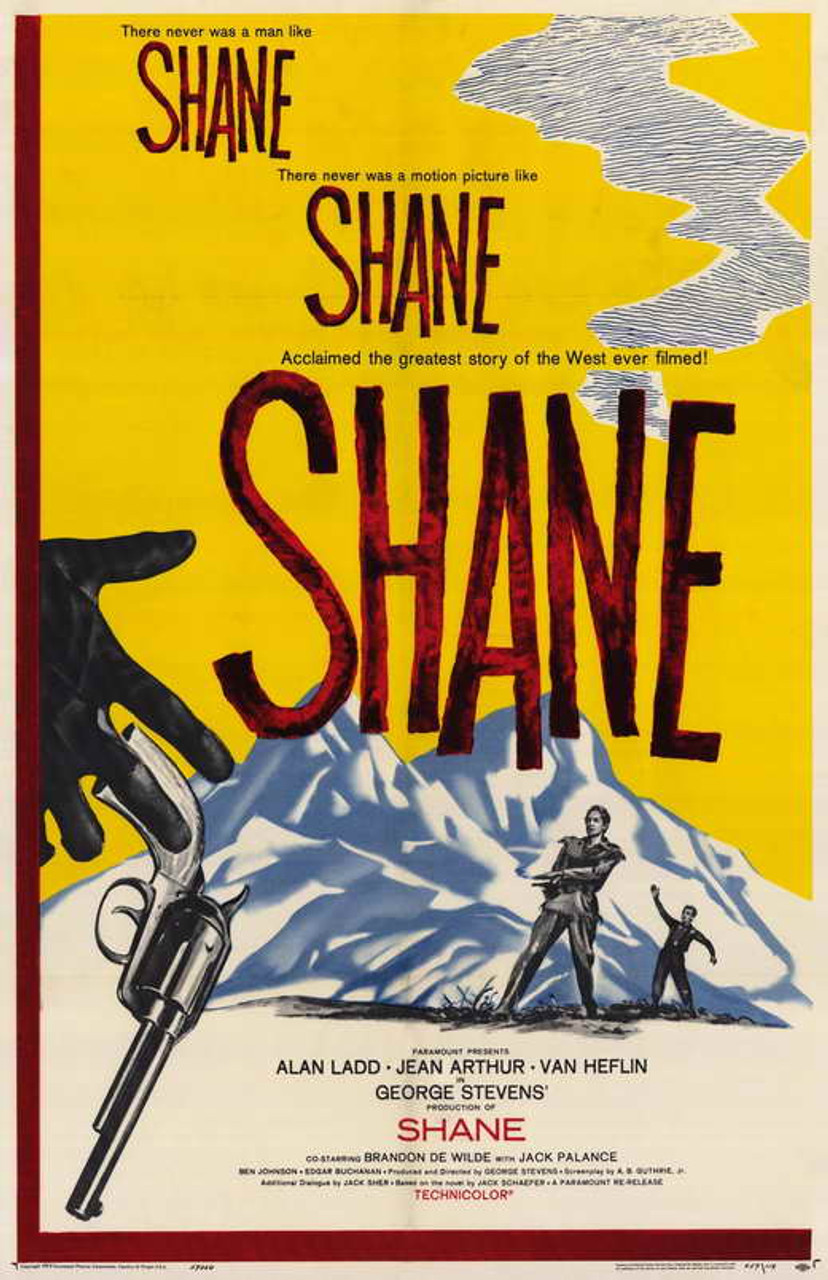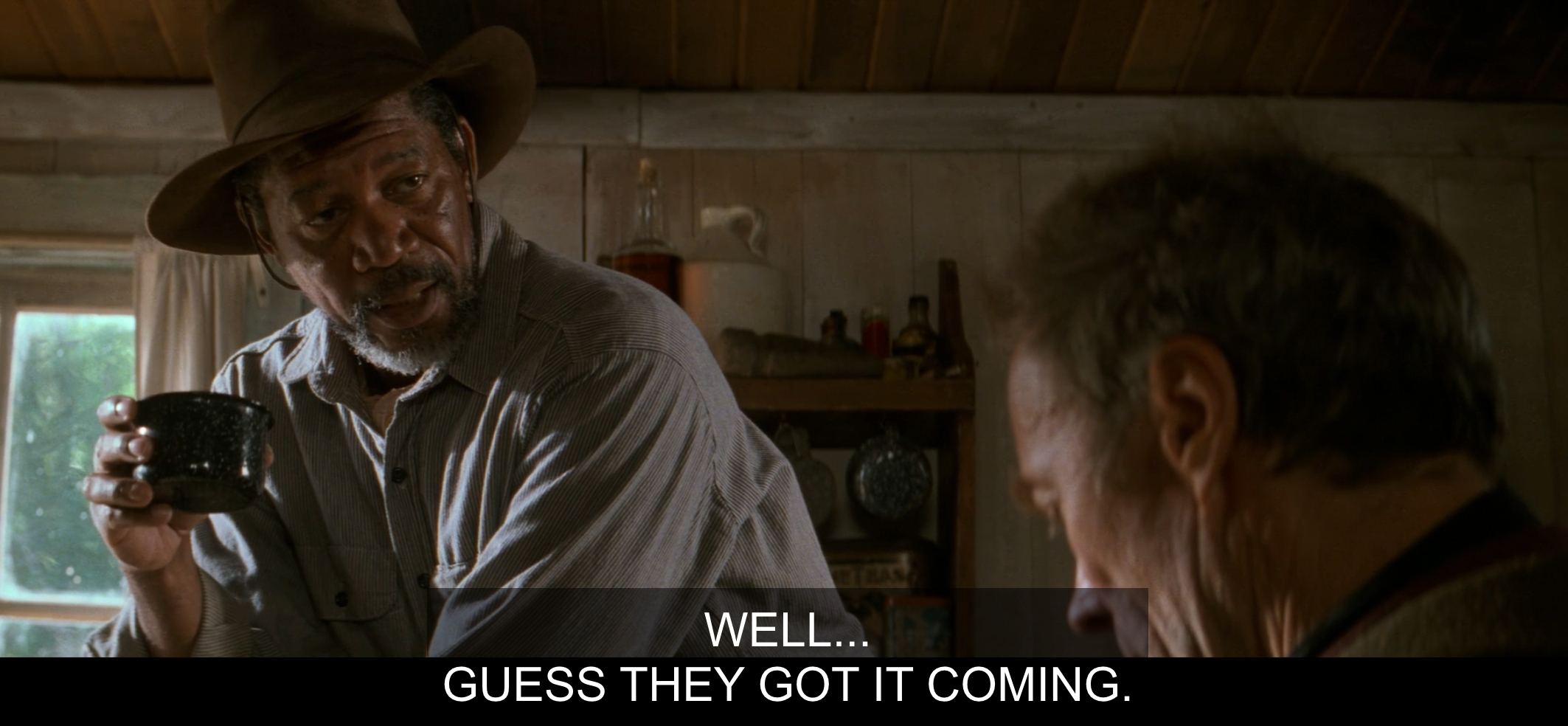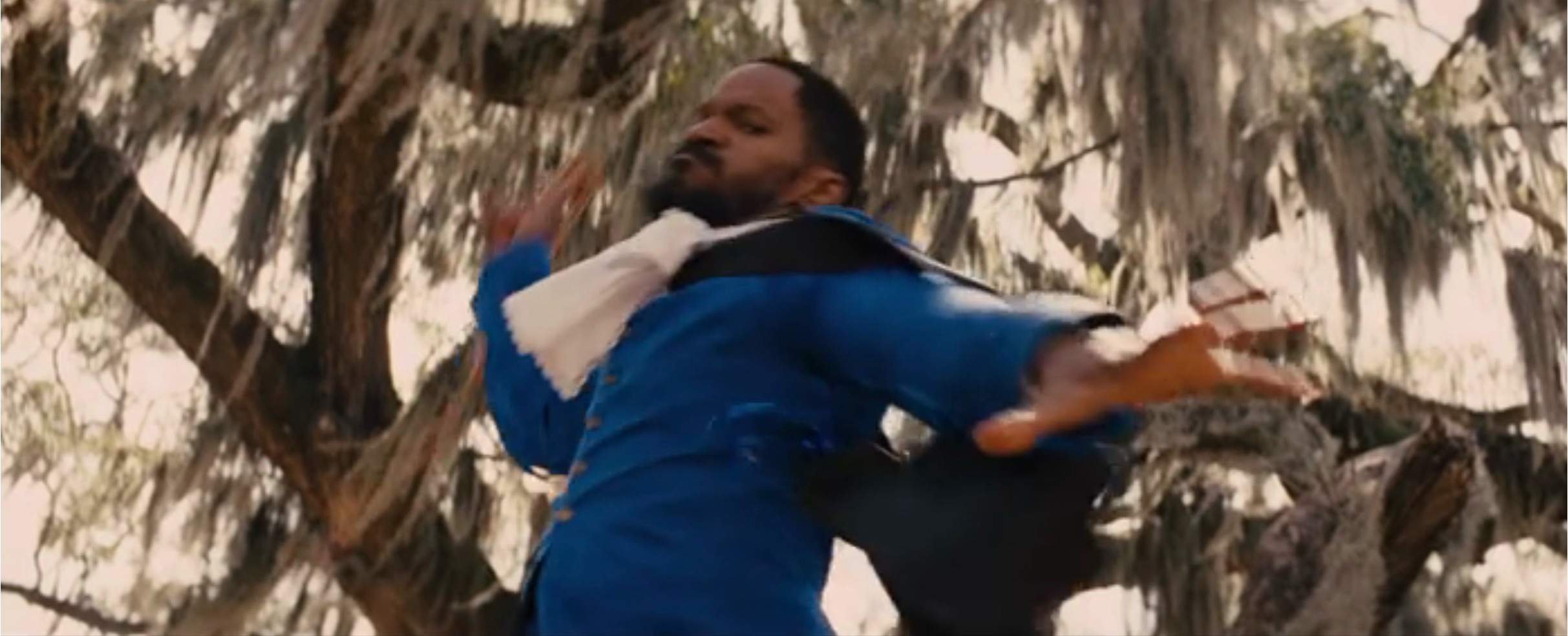Rough Justice

"Shane" poster
The CODE-X series catalogs a vast codex of source codes (aka “signs”) extracted from past audits.
The object of study in semiotics is not the signs but rather a general theory of signification; the goal of each “audit” is to build a model demonstrating how meaning is produced and received within a category or cultural territory. Signs on their own, therefore, only become truly revelatory and useful once we’ve sorted them into thematic complexes, and the complexes into codes, and the codes into a meaning map. We call this process “thick description”; the Code-X series is thin description.

“ROUGH JUSTICE” NORM: Just retribution — dealt out by someone who isn’t officially an officer of the law.

“ROUGH JUSTICE” FORMS: Avenging and getting revenge aren’t the same thing… though it’s a gray area. We recognize the avenger’s right to kill wrongdoers… but the question becomes, “At what point is this revenge, not justice?” Body language reflects this “gray zone”: somewhere between the upright lawman and the crouching or prone outlaw. Costume reflects this “gray zone”: the hat/clothes may be “bad” (black), but the wearer is “good” (doing the right thing).
From a 2024 study of the CADRE (defined as: adopting a moral code, accepting responsibility for your actions, working with others for a common goal) territory within the American West space — as surfaced from movies, TV shows, and videogames. Semiovox collaborated with Ramona Lyons.

